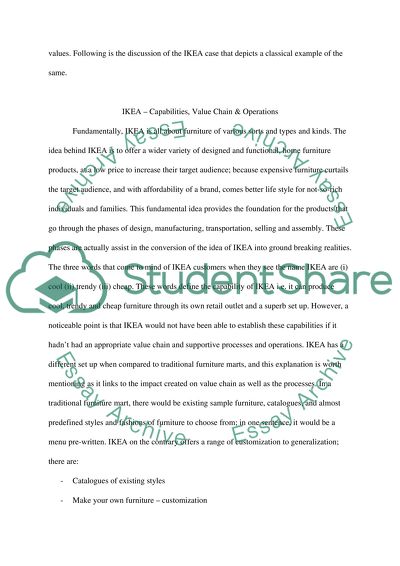Cite this document
(“Company Capabilities & Value Chain of IKEA Case Study”, n.d.)
Company Capabilities & Value Chain of IKEA Case Study. Retrieved from https://studentshare.org/marketing/1564202-business-essay-on-company-capabilities-and-value-chain
Company Capabilities & Value Chain of IKEA Case Study. Retrieved from https://studentshare.org/marketing/1564202-business-essay-on-company-capabilities-and-value-chain
(Company Capabilities & Value Chain of IKEA Case Study)
Company Capabilities & Value Chain of IKEA Case Study. https://studentshare.org/marketing/1564202-business-essay-on-company-capabilities-and-value-chain.
Company Capabilities & Value Chain of IKEA Case Study. https://studentshare.org/marketing/1564202-business-essay-on-company-capabilities-and-value-chain.
“Company Capabilities & Value Chain of IKEA Case Study”, n.d. https://studentshare.org/marketing/1564202-business-essay-on-company-capabilities-and-value-chain.


